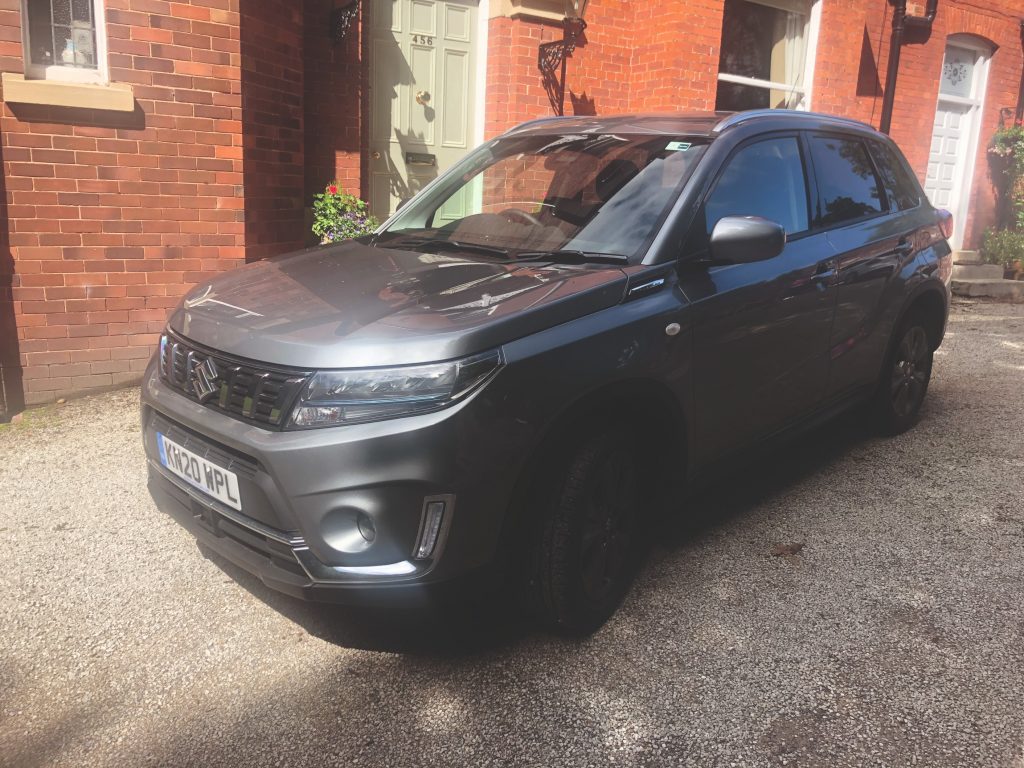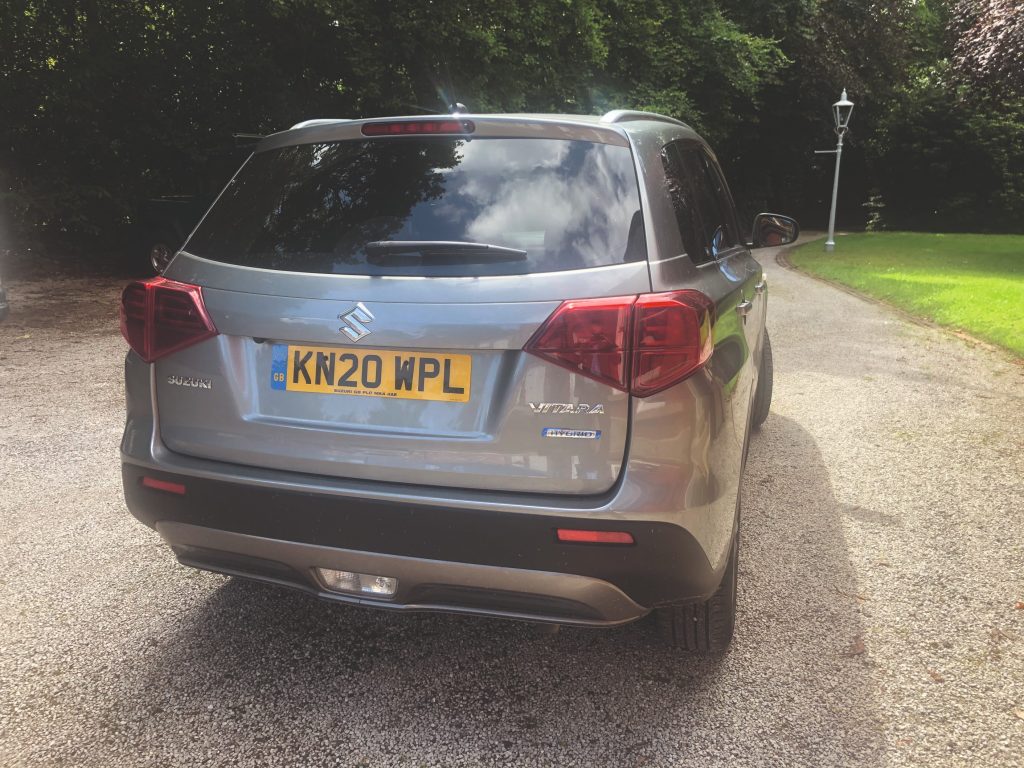

THERE is no doubt the Suzuki Vitara has come a long way since its introduction way back in 1988.
Four versions have been produced over those 30 plus years culminating in the 2020 model, which has gone hybrid only for the first time.
We got our hands on the latest mid-range incarnation, the 1.4 Boosterjet Hybrid SZT in 2WD spec, and spent a week with the endearing small SUV.
For despite some hard plastics in the cabin (which it could be argued are simply more durable in an SUV) the latest Vitara is a very competent and well equipped motor with such things as adaptable cruise control, air conditioning, rear camera and sat-nav as standard.
The Vitara got various styling and safety upgrades in early 2019 and the 2020 model offers an even higher standard specification. It is made in the Magyar Suzuki plant in Hungary which also produces all S-Cross models.
The Vitara went on sale in April and amongst other changes the hybrid set up means a drop of 20 per cent in CO emissions and up to a shade over 57 mpg (a 15 per cent increase over the previous model) from its 1.4 petrol engine which, thanks to help from the electric motor, can hit 60 in 9.5 seconds and go on to a top speed of 118mph.
Suzuki are currently the only brand offering 4-wheel Drive on every model in its range with the optional ALLGRIP system and 2020 marks the 50th Anniversary of the Suzuki 4×4 and 100 years since the company was founded in Japan.
The K14D turbocharged petrol engine in our test car is new for 2020 and thanks to their Boosterjet technology now offers a greater and wider spread of torque.
Standard safety equipment on all Vitara models include Dual Sensor Brake Support, Blind Spot Monitor, Rear Cross Traffic Alert, Traffic Sign Recognition and that Adaptive Cruise Control.
Seven airbags are also fitted as standard as is Bluetooth and climate control while smartphone link audio and navigation come on SZ-T and SZ5 grades.

The entry SZ4 model also has seven airbags, a collision avoidance system, alloy wheels, LED projector headlamps, DAB Radio with CD, USB and Bluetooth connectivity, auto air conditioning and auto headlights and wipers.
SZ-T adds 17-inch silver painted alloy wheels, rear privacy glass, white stitching for seat trim fabric, Smartphone link audio and navigation system.
Moving up to SZ5 adds 17-inch polished alloy wheels, suede seat upholstery, keyless entry with start button and a panoramic sunroof. The Vitara is available in 11 different colours and ours came in a smart Galactic Grey (a £500 option).
But it is the Suzuki hybrid system that they first introduced in 2016 (now also fitted to all manual transmission Ignis and all Swift models) which is the car’s big selling point. The 48V set up is very lightweight adding less than 15kg to the overall weight of the vehicle.
It has a lithium-ion battery, integrated starter/generator (ISG) and 48V-12V converter to power components like lights, audio and air conditioning. The ISG acts as both a generator and starter motor, is belt driven and assists the petrol engine during acceleration to provide a higher level of torque with 235Nm available from 2,000rpm.
The compact battery located under the front seats stores electrical energy recovered from deceleration and braking and incorporates an idle stop function operated via the ISG.
What is most impressive is that you cannot tell when the electric motor seamlessly cuts in to assist progress unless watching the powertrain display between the main instrument dials on the classy looking facia.
Being a hybrid means the price is a little higher that a standard small SUV at £22,749 for our mid-range SZT, but you are saving fuel and so the planet with every mile driven. Also second hand values should remain higher as demand for Hybrids continues to increase as we get nearer to the Government’s death knell on new internal combustion engine only cars in 2035.
For more information see www.suzuki.co.uk.
By Motoring Editor Steve Howarth








